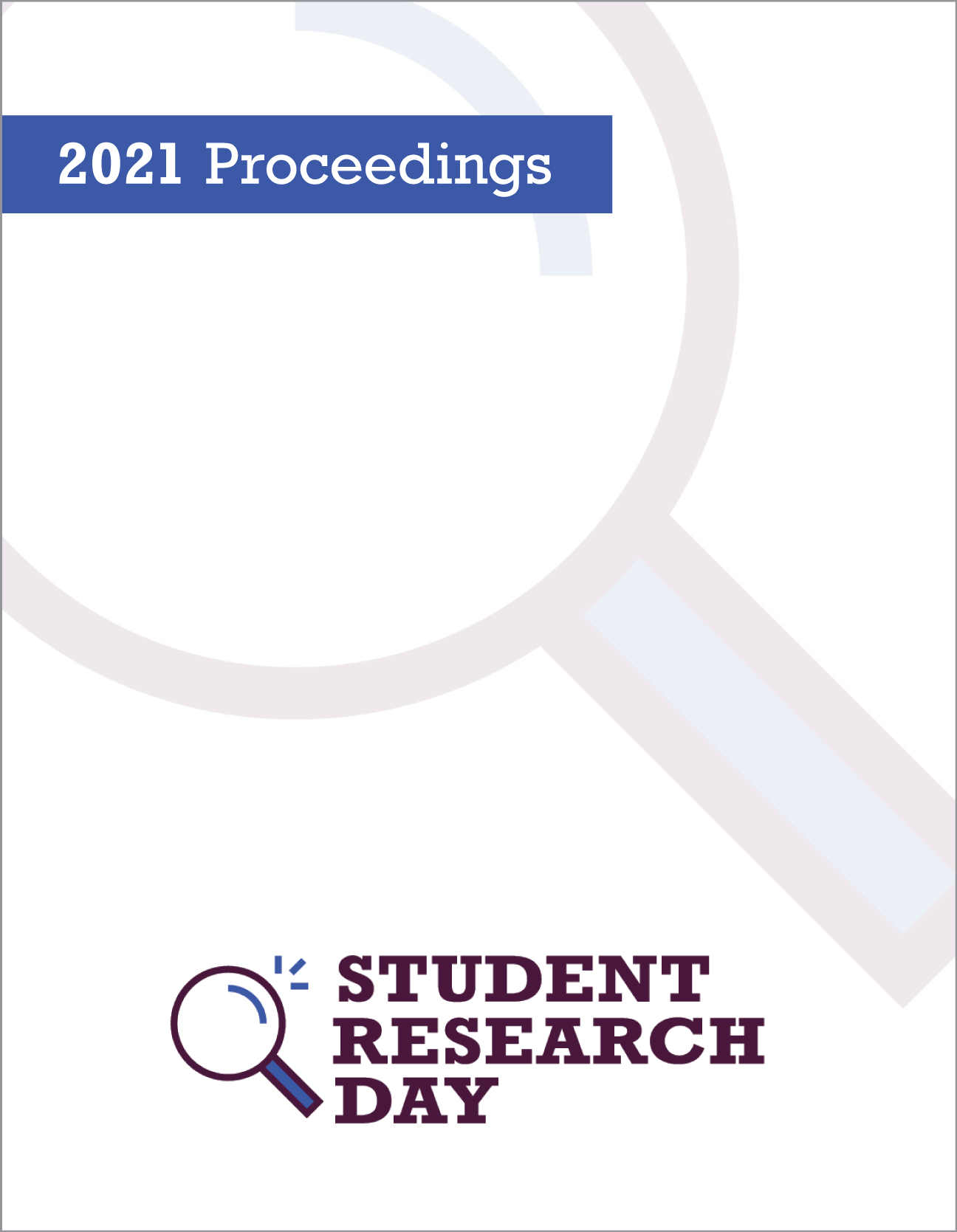Snapshots of the Youth Climate Strike in 2019 and 2020
Abstract
Climate change is an anthropogenic, geological issue that has earned much attention in the past few years. The issue has been put to the forefront by then 16-year-old Swedish political activist Greta Thunberg, who began protesting every Friday outside the Swedish parliament in August 2018 (Fraser & Westbrook, 2019) asking the government to reduce carbon emissions in accordance with the Paris Agreement. Her approach inspired many young people around the world. These protests gained momentum and by 2019 the Guardian reported that roughly 6 million people were participating in the global climate strikes (Taylor, Watts, et al. 2019). These protests continued into 2020, however, due to the global pandemic, protesters and activists had to find alternative ways to spread awareness. Images then became more important and also morphed into another kind of storytelling. Images are at the core of this research since images can have a profound effect on our memories, and digital media expanded the possibilities to document protests using images. The focus of this article is on digital storytelling and visual framing. This research qualitatively and quantitatively analyzes 1,394 images of the 2019 and 2020 youth climate strike. By collecting Google Images and using a framework that allows us to study narratives and image-making, we show how the pandemic changed the imagery of this movement moving protest tactics into more individualized, instead of collective, expressions. While news media are still dominant in posting protest images, their ability to control the framing of a protest event is undermined by other sources, including protesters themselves. This research highlights new tactics used by social movements to sustain their activity during the pandemic.
Department: Sociology
Faculty Mentor: Dr. Shelley Boulianne
Published
Issue
Section
License
Authors retain any and all existing copyright to works contributed to these proceedings.



